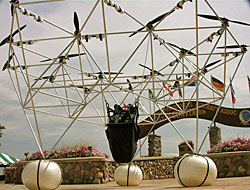 As fall colors begin to pop their chromatic yumminess on New England, it’s time to do some shotgun Light Sport factoid gathering.
Sebring U.S. Sport Aviation Expo Model Airplane Contest: Pandering shamelessly to the inner kid in all of us, as well as the kids we bring to the event, the LSA event this coming January 17-20 will hold a model airplane contest. Count me in! Five categories – age 6 and under, 7-10, 11-14, 15-18 and Adult give everybody a chance to walk away with a prize. Can I sign up in the 11-14 category or are these biological age groups?
Just back from a car trip down to the friendly crew at New Garden Flying Field southwest of Philadelphia, where Airport Manager Jonathan Martin made me welcome so I could finish up the photo side of my story on the Pipistrel Alpha Trainer which runs in the next issue of Plane & Pilot magazine.
As fall colors begin to pop their chromatic yumminess on New England, it’s time to do some shotgun Light Sport factoid gathering.
Sebring U.S. Sport Aviation Expo Model Airplane Contest: Pandering shamelessly to the inner kid in all of us, as well as the kids we bring to the event, the LSA event this coming January 17-20 will hold a model airplane contest. Count me in! Five categories – age 6 and under, 7-10, 11-14, 15-18 and Adult give everybody a chance to walk away with a prize. Can I sign up in the 11-14 category or are these biological age groups?
Just back from a car trip down to the friendly crew at New Garden Flying Field southwest of Philadelphia, where Airport Manager Jonathan Martin made me welcome so I could finish up the photo side of my story on the Pipistrel Alpha Trainer which runs in the next issue of Plane & Pilot magazine.Leaf Peeper Round Up


Do the Lucky Lindy: Fly the Big Pond in a CTLSi

Vulcan C-100: the new all-aluminum, approved SLSA from Italy

As fall colors begin to pop their chromatic yumminess on New England, it’s time to do some shotgun Light Sport factoid gathering.
Sebring U.S. Sport Aviation Expo Model Airplane Contest: Pandering shamelessly to the inner kid in all of us, as well as the kids we bring to the event, the LSA event this coming January 17-20 will hold a model airplane contest. Count me in! Five categories – age 6 and under, 7-10, 11-14, 15-18 and Adult give everybody a chance to walk away with a prize. Can I sign up in the 11-14 category or are these biological age groups?
Just back from a car trip down to the friendly crew at New Garden Flying Field southwest of Philadelphia, where Airport Manager Jonathan Martin made me welcome so I could finish up the photo side of my story on the Pipistrel Alpha Trainer which runs in the next issue of Plane & Pilot magazine. Jonathan tells me the Alpha has been busier than a bear in bee country, with lots of interest and several dozens of hours monthly in flight training for the Alpha. So far, the trainer has performed admirably, and students of all ages, he says, love it.
 As fall colors begin to pop their chromatic yumminess on New England, it’s time to do some shotgun Light Sport factoid gathering.
Sebring U.S. Sport Aviation Expo Model Airplane Contest: Pandering shamelessly to the inner kid in all of us, as well as the kids we bring to the event, the LSA event this coming January 17-20 will hold a model airplane contest. Count me in! Five categories – age 6 and under, 7-10, 11-14, 15-18 and Adult give everybody a chance to walk away with a prize. Can I sign up in the 11-14 category or are these biological age groups?
Just back from a car trip down to the friendly crew at New Garden Flying Field southwest of Philadelphia, where Airport Manager Jonathan Martin made me welcome so I could finish up the photo side of my story on the Pipistrel Alpha Trainer which runs in the next issue of Plane & Pilot magazine.
As fall colors begin to pop their chromatic yumminess on New England, it’s time to do some shotgun Light Sport factoid gathering.
Sebring U.S. Sport Aviation Expo Model Airplane Contest: Pandering shamelessly to the inner kid in all of us, as well as the kids we bring to the event, the LSA event this coming January 17-20 will hold a model airplane contest. Count me in! Five categories – age 6 and under, 7-10, 11-14, 15-18 and Adult give everybody a chance to walk away with a prize. Can I sign up in the 11-14 category or are these biological age groups?
Just back from a car trip down to the friendly crew at New Garden Flying Field southwest of Philadelphia, where Airport Manager Jonathan Martin made me welcome so I could finish up the photo side of my story on the Pipistrel Alpha Trainer which runs in the next issue of Plane & Pilot magazine.








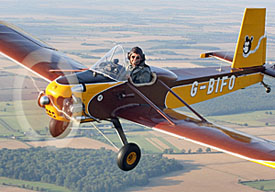















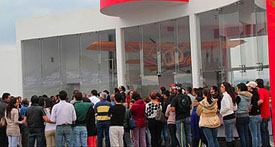





















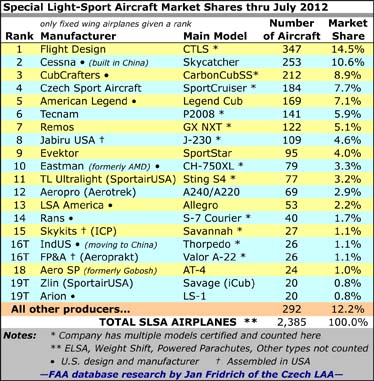




























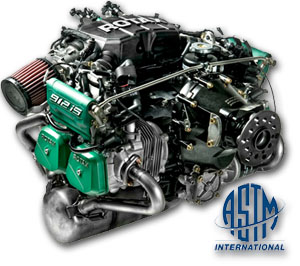








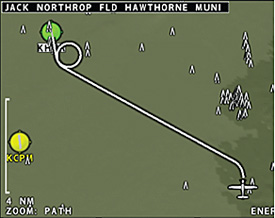 The older iteration of the Vertical Power company developed a new panel gizmo called VP-400 “Runway Seeker.” This thing is magical. Imagine being in an autopilot-equipped homebuilt or LSA and the pilot blacks out on you. What if you’re not a pilot? If you have Runway Seeker, you have one button to push. Even if the engine quits, Runway Seeker will automatically fly to the closest, and best, runway placing the aircraft on short final. It could even bring your plane all the way to the ground. This action includes full energy management such as raising and lowering flaps automatically to achieve best glide. It shows you where you’re going en route not simply to the closest runway but the one most likely to produce a good outcome (a longer runway at an airport with emergency services and maintenance). Thanks to Vertical Power’s extensive collaboration with Austin Meyer of Laminar Research, developer of the X-Plane flight simulator, Runway Seeker can use X-Plane’s global terrain database to negotiate obstacles in your flight path as it flies you to the runway.
The older iteration of the Vertical Power company developed a new panel gizmo called VP-400 “Runway Seeker.” This thing is magical. Imagine being in an autopilot-equipped homebuilt or LSA and the pilot blacks out on you. What if you’re not a pilot? If you have Runway Seeker, you have one button to push. Even if the engine quits, Runway Seeker will automatically fly to the closest, and best, runway placing the aircraft on short final. It could even bring your plane all the way to the ground. This action includes full energy management such as raising and lowering flaps automatically to achieve best glide. It shows you where you’re going en route not simply to the closest runway but the one most likely to produce a good outcome (a longer runway at an airport with emergency services and maintenance). Thanks to Vertical Power’s extensive collaboration with Austin Meyer of Laminar Research, developer of the X-Plane flight simulator, Runway Seeker can use X-Plane’s global terrain database to negotiate obstacles in your flight path as it flies you to the runway. I watched a demo of this entire scenario twice and came away terribly impressed. I’m a huge fan of airframe parachutes. Runway Seeker isn’t a substitute for that equipment but certainly would be valuable in addition to the parachute. In my ideal world, I’d have a
I watched a demo of this entire scenario twice and came away terribly impressed. I’m a huge fan of airframe parachutes. Runway Seeker isn’t a substitute for that equipment but certainly would be valuable in addition to the parachute. In my ideal world, I’d have a 
